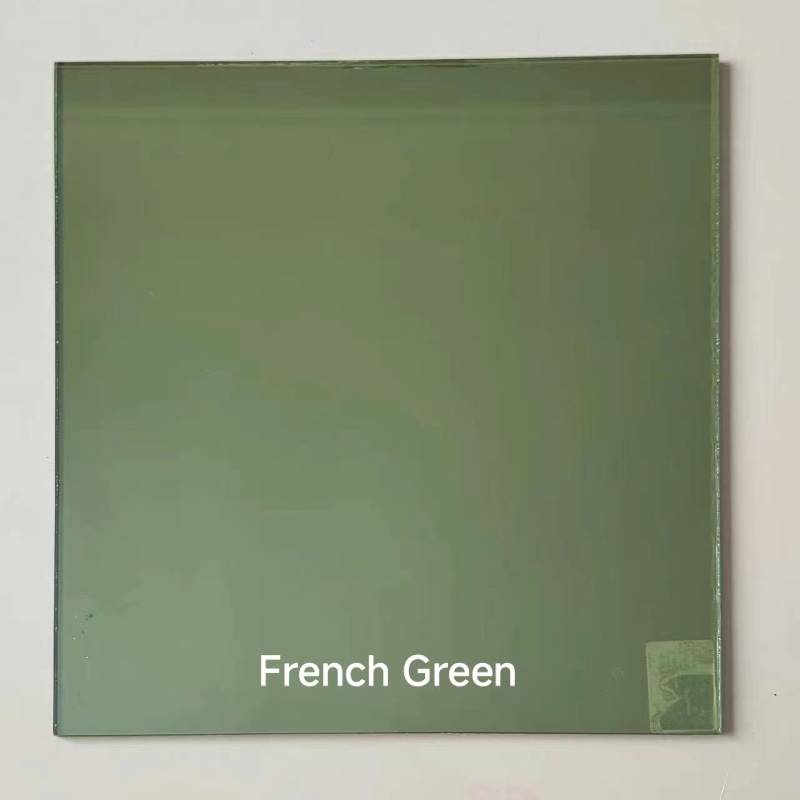

The Transformative Power of Reflectorized Glass An Innovation in Transparency and Sustainability
In the realm of architectural design and modern construction, materials play a pivotal role in shaping not just the aesthetics but also the functionality and sustainability of buildings. One such material that has emerged as a game-changer in recent years is reflectorized glass. This innovative material offers a unique combination of transparency, energy efficiency, and aesthetic appeal, making it an essential element in contemporary architecture.
What is Reflectorized Glass?
Reflectorized glass is a type of glass that has been treated or coated to enhance its reflective properties. This glass typically features a thin layer of metallic coating that allows it to reflect a significant portion of solar radiation. By doing so, it reduces the amount of heat that enters a building while maintaining clear visibility from the inside out. This dual functionality is particularly beneficial in a world increasingly concerned with energy efficiency and sustainable building practices.
Energy Efficiency and Sustainability
One of the standout features of reflectorized glass is its ability to drastically reduce the energy costs associated with cooling and lighting in buildings. By reflecting a large percentage of solar heat, it minimizes reliance on air conditioning systems, thus lowering energy consumption and reducing carbon footprints. In warmer climates, where air conditioning is a necessity, this can lead to significant energy savings over time.
Moreover, reflectorized glass contributes to sustainable building certifications such as LEED (Leadership in Energy and Environmental Design). Buildings that incorporate this technology can earn points towards certification, as it reflects a commitment to sustainable practices and energy efficiency. The ongoing emphasis on sustainability in construction makes reflectorized glass an attractive option for builders and architects alike.
Enhancing Aesthetics
While the energy efficiency of reflectorized glass is compelling, its aesthetic appeal cannot be overlooked
. This glass comes in various tints and finishes, allowing architects to create striking facades that not only look appealing but also blend harmoniously with the surrounding environment. The reflective quality of the glass can add depth and dimension to a building, creating dynamic visual effects as light changes throughout the day.
The use of reflectorized glass also allows for a seamless integration between indoor and outdoor spaces. Its ability to maintain clarity while enhancing privacy makes it an ideal choice for residential buildings, offices, and commercial properties. The reflection can obscure views from the outside, offering occupants a sense of privacy without sacrificing natural light.
Applications in Architecture
Reflectorized glass is being utilized in a myriad of applications across various industries. In commercial real estate, skyscrapers adorned with this glass create a sleek and modern look while maximizing energy efficiency. For residential projects, homes featuring reflectorized glass can achieve a contemporary aesthetic while benefitting from reduced cooling costs.
Retail spaces have also embraced this technology, using reflectorized glass to create an inviting atmosphere that attracts customers while keeping energy costs in check. This glass can create eye-catching displays, enticing passersby while providing a level of energy efficiency that is hard to achieve with traditional glass products.
Challenges and Considerations
Despite its many advantages, there are some challenges and considerations to bear in mind when using reflectorized glass. Depending on the reflectivity and the surrounding environment, there may be concerns about glare, which can detract from the comfort of both occupants and pedestrians outside. Architects and builders must carefully consider the placement and angles of reflectorized glass to mitigate such issues.
Furthermore, maintenance can be a consideration, as the reflective coatings can be more susceptible to scratches and damage than traditional glass. Regular cleaning and upkeep are essential to maintain both the functional and aesthetic qualities of the glass.
Conclusion
Reflectorized glass represents a significant advancement in the world of architectural materials, combining energy efficiency with striking aesthetics. As the construction industry continues to shift towards sustainable and environmentally-friendly practices, the popularity of reflectorized glass is likely to grow. Its ability to enhance the energy performance of buildings while contributing to their overall beauty makes it a material worth considering for future projects. In a world increasingly focused on sustainability, reflectorized glass stands out as a symbol of innovation, progress, and a commitment to a greener future.